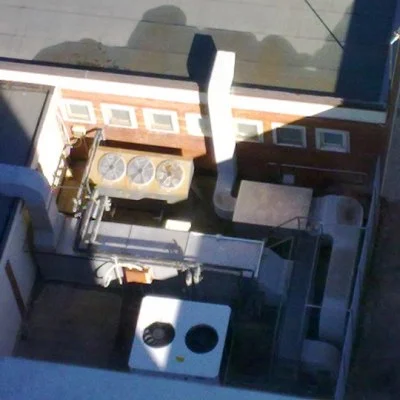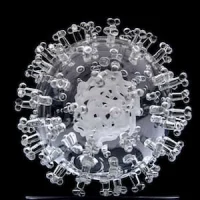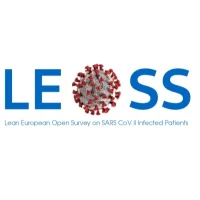COVID-19, the novel coronavirus is stable for a period from several hours to days in aerosols and on surfaces, especially on plastic and stainless steel. One suggested solution is using portable furnaces to sterilise contaminated building exhaust.
You may also like: COVID-19: How Can Hospitals Protect Workers and Patients?
According to the results of a new study from National Institutes of Health, CDC, UCLA and Princeton University scientists (van Doremalen N et al. 2020), the novel coronavirus can be detected in aerosols for up to 3 hours, on copper for up to 4 hours and on cardboard for up to 24 hours. For plastic and stainless steel the period can be as long as two-three days. These findings suggest the infection can spread through the air and by touching contaminated surfaces.
The researchers
compared how the environment affects the coronaviruses causing COVID-19 disease
and severe acute respiratory syndrome, or SARS, identified in 2003 – SARS-CoV-2
and SARS-CoV-1 respectively. The latter infected over 8,000 people in 2002-2003
and is the human coronavirus most closely related to the former.
The researchers
experimented with depositing the COVID-19 virus on surfaces in various settings
through coughing or touching. The study showed that both coronaviruses were similarly
viable. In an attempt to explain why SARS-CoV-2 is more contagious, the authors
point to the evidence of transmission from asymptomatic carriers. They note
that it was not the case with SARS-CoV-1, so similar disease control measures would
be less efficient now. Another observation is the vulnerability of healthcare
settings to the introduction and spread of the COVID-19 coronavirus, which is
exacerbated by the stability of the virus on surfaces and in aerosols.
A Possible Solution
A team led by Hongxi Yin, the InCEES associate professor in advanced building systems and architectural design at Washington University (St. Louis, MI, USA) is looking into the possibilities to use portable furnaces for sterilisation of contaminated building exhaust in order to prevent airborne infections (Otten 2020).
Built environments, such as airports or hospitals, often define and promote the
disease outbreak. At temporary treatment facilities in Wuhan portable furnaces were
used to burn medical waste and other potential sources of infection, but the
air from there was simply vented outside without any direct treatment, as is
the standard practice, according to Yin. The researcher, who is familiar with
Wuhan’s medical and architectural communities, questioned whether, in such a
densely populated urban area as Wuhan, the shear concentration of virus in
building exhaust increased the spread of the virus.
Based on data about similar viruses (SARS, influenza, foot-and-mouth
disease) Yin and his collaborators preliminary estimate that submitting exhaust
to temperatures of 125°C for 3 seconds before release would deactivate 99.999%
of COVID-19, though further study is needed on the mechanisms of COVID-19
transmission and susceptibility to heat.
In addition, this approach is commercially friendly – existing HVAC systems could
be preserved with some adjustment, and the necessary equipment is available in
the market. There are a number of logistics issues in terms of integrating the
furnace system, but Yin hopes his research might be useful when designing
temporary treatment centres for epidemics in future.
References
van Doremalen N et al. (2020) Aerosol and surface stability of HCoV-19 (SARS-CoV-2) compared to SARS-CoV-1. The New England Journal of Medicine, 17 March. Available from https://www.nejm.org/doi/10.1056/NEJMc2004973
Otten L (2020) WashU Expert: The architecture of virus
transmission. The Source – Washington University in St. Louis, 12 March.
Available from https://source.wustl.edu/2020/03/washu-expert-the-architecture-of-virus-transmission/
Image credit: Antonio Mette / CC BY-SA, Wikimedia
Commons


![Tuberculosis Diagnostics: The Promise of [18F]FDT PET Imaging Tuberculosis Diagnostics: The Promise of [18F]FDT PET Imaging](https://res.cloudinary.com/healthmanagement-org/image/upload/c_thumb,f_auto,fl_lossy,h_184,q_90,w_500/v1721132076/cw/00127782_cw_image_wi_88cc5f34b1423cec414436d2748b40ce.webp)







